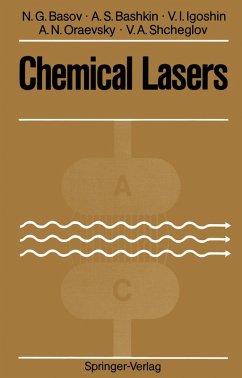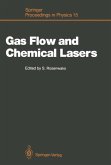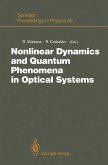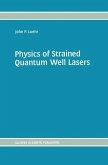The rapid development of lasers in the past few decades has led to their application in almost every field of science and technology. The idea that it should be possible to convert the energy released in chemical reactions of chemical lasers directly into coherent radiation resulted in the advent in the 1960s. These first chemical lasers, however, consumed much more energy to initiate the reaction than they emitted. The search for more ef ficient chemical lasing led to the utilization of chain reactions. However, care had to be taken to maintain the appropriate pressure. In 1970, it was demonstrated that the operation of chemical lasers at atmospheric pressure was also feasible, making it easier and cheaper to construct them. One of the advantages of chemical lasers is the wide range of radia tion wavelengths emitted by them: 1.3 - 26 ~m. The vibrational frequen cies of many molecules fall within this range so that they may convenient ly be used for the operation of such lasers. Progress in the development of chemical lasers is intimately con nected with advances in related fields such as gas dynamics, chemical reaction kinetics, and research into the energy relaxation and transfer processes in molecular systems.
Hinweis: Dieser Artikel kann nur an eine deutsche Lieferadresse ausgeliefert werden.
Hinweis: Dieser Artikel kann nur an eine deutsche Lieferadresse ausgeliefert werden.








